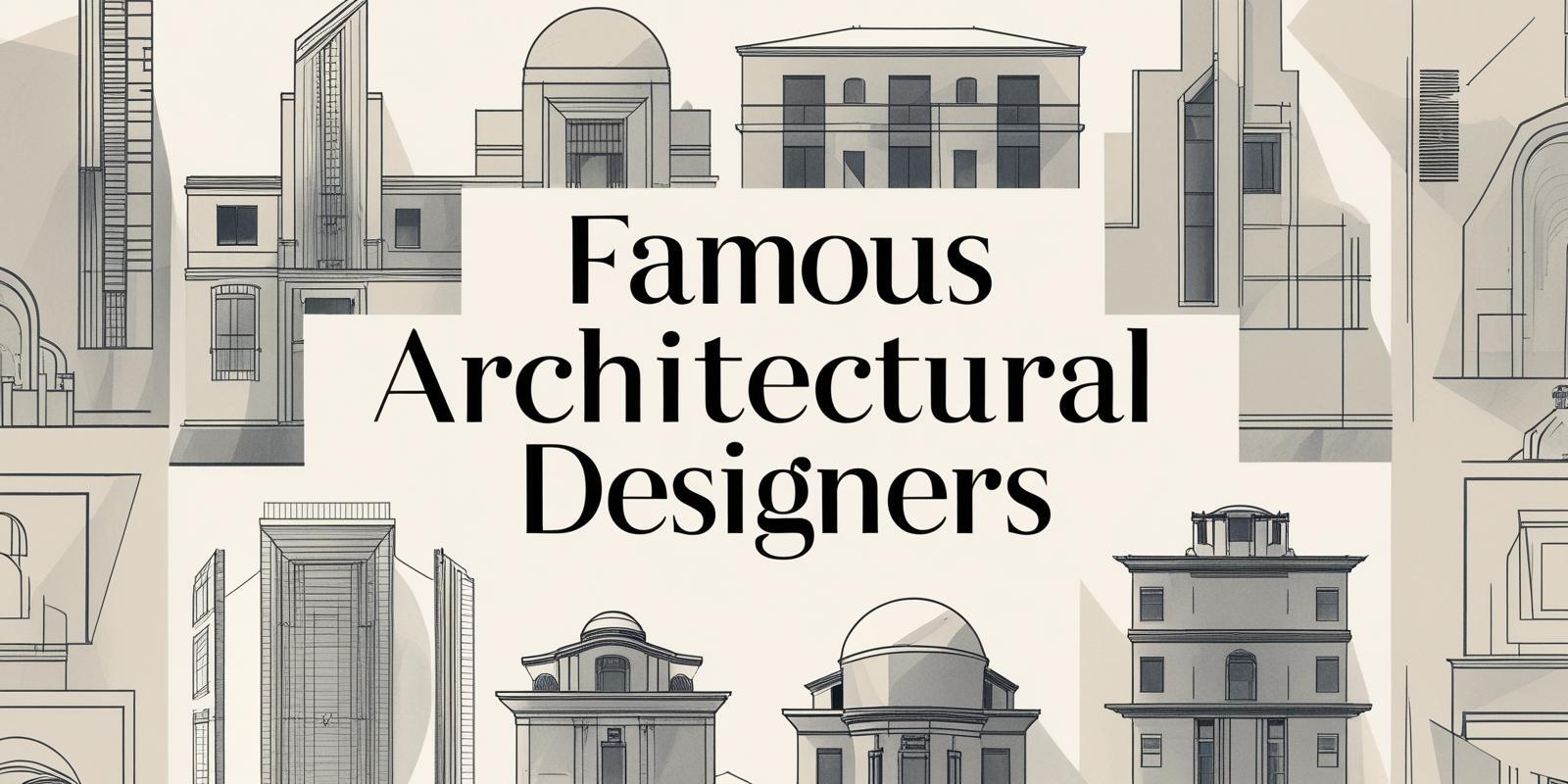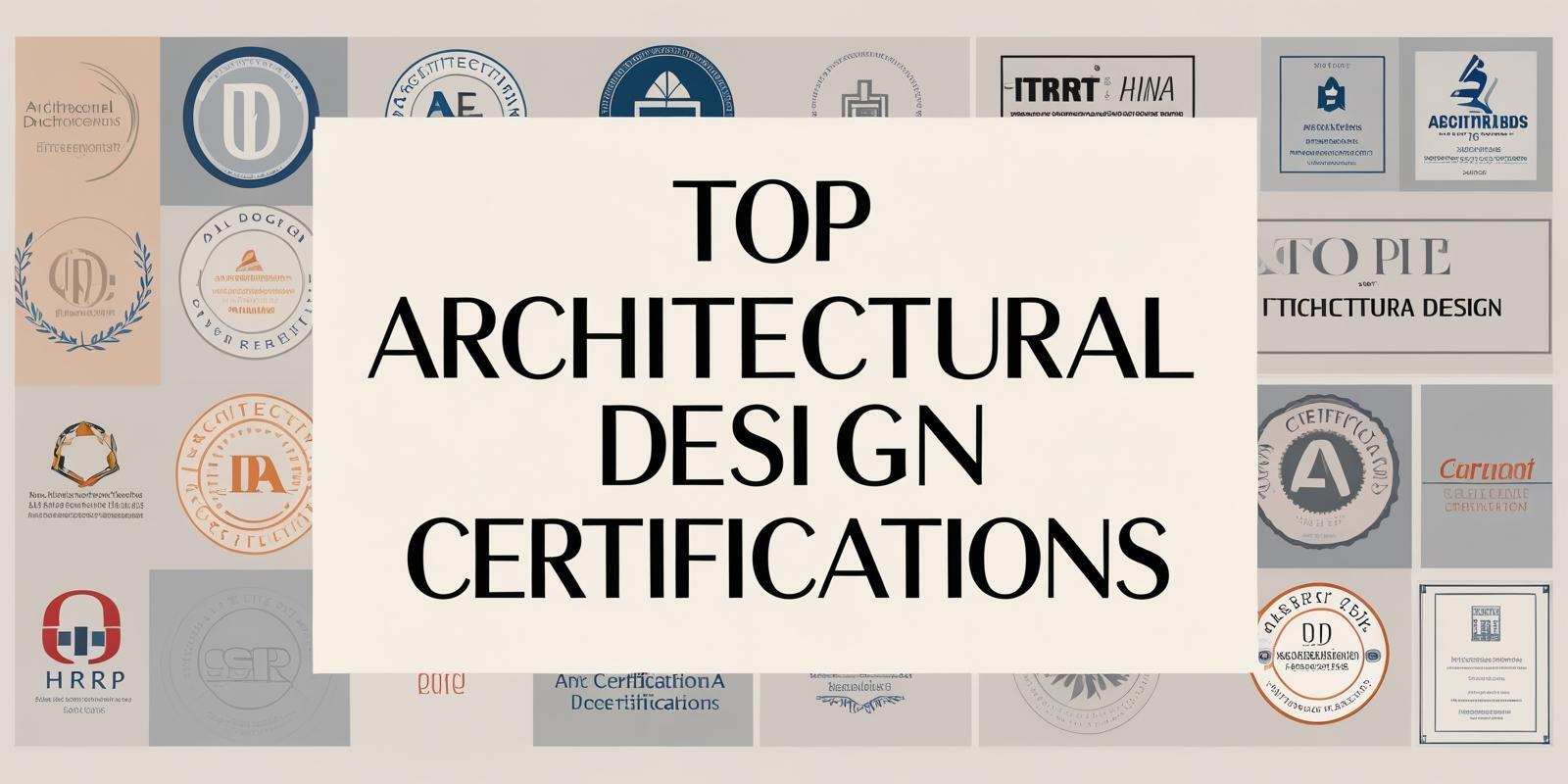
Here’s the truth: BIM is quickly becoming one of the most important skills you can have, and a BIM certification is a powerful asset for your career. Design with BIM is slowly changing the U.S AEC industry as it increasingly prioritises efficiency, collaboration and sustainability. BIM training or BIM certification courses will soon be essential for architects seeking to move beyond design roles.
So, is a BIM certification worthwhile for architects in the U.S.? Let’s explore!
Building Information Modelling (BIM)
Building Information Modelling (BIM) is a digital representation methodology that covers overall information management throughout all building phases. It enables data-driven design, allowing architects, engineers and project managers to stay informed and collaborate efficiently at every stage. Once considered a technological innovation, it is more than a trend now. It has since evolved into a cornerstone of modern architectural practice.
BIM Usage In The U.S
BIM was first introduced in the U.S. in the 80s, although its uptake had been slow. But that is changing. Miscommunication and fragmented data have plagued the AEC industry with errors, rework, poor design quality and delayed project deadlines. BIM provides a solution to the architects to navigate multidisciplinary construction projects with efficient and innovative processes.
Precedence Research reports the U.S BIM market in 2023 reached USD 2.33 billion, while the global market remained close to USD 8 billion. The main driver behind BIM usage in the U.S. has been the industry itself. BIM is a requirement for state-funded and/or large-scale public projects in Wisconsin and Texas. But more states and agencies are following suit with their own mandates. This shows that the U.S architecture firms are leveraging BIM to stay competitive in the global market.
BIM Roles & Salaries in the U.S.
According to Bespoke Careers, there is a growing demand for project architects with excellent Revit skills. They also report these figures:
|
Job Role |
Salary Range |
|
Architect (3-6 yrs) |
USD 75,000 - 100,000 |
|
Architect (6-9 yrs) |
USD 88,000 - 125,000 |
|
BIM Coordinator |
USD 85,000 - 110,000 |
|
BIM Manager |
USD 110,000 - 150,000 |
Remark: These salaries only reflect the 2025 pay range in New York.
Also Checkout : Architect Salaries Across the USA in 2025!
Time to Stay Competitive With BIM
A strong demand for data transparency, collaboration and unified lifecycle management during AEC projects has accelerated digitalisation.
Here’s why we can still expect a strong industry demand for BIM, in the U.S. and globally:
- BIM helps architects reduce overall errors, costs and project delays.
- A multidisciplinary project needs BIM in place for better interdisciplinary communication and coordination.
- The transparency and efficiency BIM offers in all project phases can contribute towards more sustainable construction, not to mention the sustainability features BIM tools have.
Straits Research noted one of the restraints in BIM adoption is the lack of experienced specialists and that there is a need for young, qualified workers.
This means two things:
If you don’t know BIM, you will soon be at a disadvantage. If you do, you will be ahead of the pack.
Also Read - 6 Top Benefits of BIM in Architecture
Accelerate Your Career

Architecture firms are more inclined to hire a candidate who already has knowledge of the latest tools. As an entry-level architect, a BIM certification shows you are skilled, even if you don’t have years of experience yet.
For mid-level architects, mastering design fundamentals and Revit workflows isn’t enough in today’s competitive market. Your next career leap requires specialised expertise that will truly differentiate you from your peers.
Hiring has become even more selective and competitive. Stating you know BIM isn’t enough in reality; a verified BIM credential with a strong portfolio to show off your skills will help you advance further in the hiring process.
What To Look For In Online BIM Courses With Certificates
1. The Course Curriculum
The best BIM certification courses for architects should cover architectural BIM workflows in depth. Does the course require prior knowledge of Revit? How comprehensive is the course? Another important question – who is mentoring the BIM training?
2. Will You Come Away With A Portfolio Ready?
The best way to learn BIM is by working on real-world projects, with industry-relevant and latest BIM software. By the end of the course, you should be able to plan and execute a full BIM architectural project with major BIM tools. Otherwise, you have wasted your time and money.
3. Community Beyond The Certification
The relationships formed during courses often develop into valuable professional connections. Does the BIM course provide access to a community where you can exchange knowledge and collaborative opportunities with other industry professionals?
4. Return-On-Investments
The best BIM certification courses should offer both short and long-term ROIs.
- Short-term ROIs - better efficiency, better job opportunities, higher salary
- Long-term ROIs - career advancement by specialisation, consulting opportunities, more lucrative projects
The first cohort of Novatr’s BIM Professional Course witnessed an average pay hike of 60% after upskilling in BIM. Most architects in the U.S. can recover the BIM certification costs within a year through increased compensation alone.
Which is Better Online Or In-Person BIM Training?
Why limit yourself to local training when you can get BIM certification online from experts all over the world? For the ever-busy architects, online learning also offers flexibility to choose the best time and place to learn.
Explore Novatr’s BIM Certification: Built For The Next-Gen Architect

Love it or hate it, we can’t deny BIM has changed the AEC industry worldwide and will continue to do so. This list of BIM projects is the proof of BIM adoption in the U.S. And we can only expect more to come.
Novatr’s BIM Certification Course for Architects meets all the criteria stated above, and more. It is built specifically for emerging architects who want to future-proof their careers. Here’s how we help ensure that:
1. Comprehensive Curriculum
We ensure you get solid fundamentals in Autodesk Revit as well as complex BIM workflows. You will work through a portfolio-ready ISO-standard BIM project to show off your skills.
2. A whole package of BIM tools
BIM isn’t just Revit. That’s why we teach 12+ BIM tools including Navisworks, ArchiCad and top plugins used by BIM professionals for essential BIM workflows.
3. Industry experts as mentors
Learn directly from globally experienced experts from Populous, AECOM, UNStudio and many more. It’s a course by the architects, for the architects.
4. Dual Certification
Receive the Autodesk certification that verifies your skills in Autodesk software, in addition to the Novatr Course Certificate.
5. More than just a class
You will have lifelong access to the course content as well as receive 8+ guided career sessions to help you land your dream job.
Conclusion
Forward-thinking architects are joining Novatr as we strive to revolutionize the industry globally. Whether you are still hunting for your first job or considering a career change, investing in BIM will give you better opportunities. The longer you hesitate, the more opportunities you miss!
Time to start investing in BIM with Novatr.
For those looking to fast-track their careers, BIM Course for Architects by Novatr offers a structured path to mastering industry-relevant skills. Designed for both aspiring and experienced architects, this program provides hands-on learning, expert guidance, and career support to help professionals stand out in the competitive job market.
Do not forget to visit Novatr’s Resource Page for more updates!
Frequently Asked Questions
1. What is BIM certification? Is it different from a Revit course?
A BIM certification is more than a certificate for software competency. It covers BIM as a methodology and a collaborative process across design, construction and operation management.
2. How long is a BIM certification course?
It depends on the course and your skill level. Our BIM course for Architects is 7 months long as we start from the basics and take the learners to the advanced levels.
Was this content helpful to you










.png)
.png)